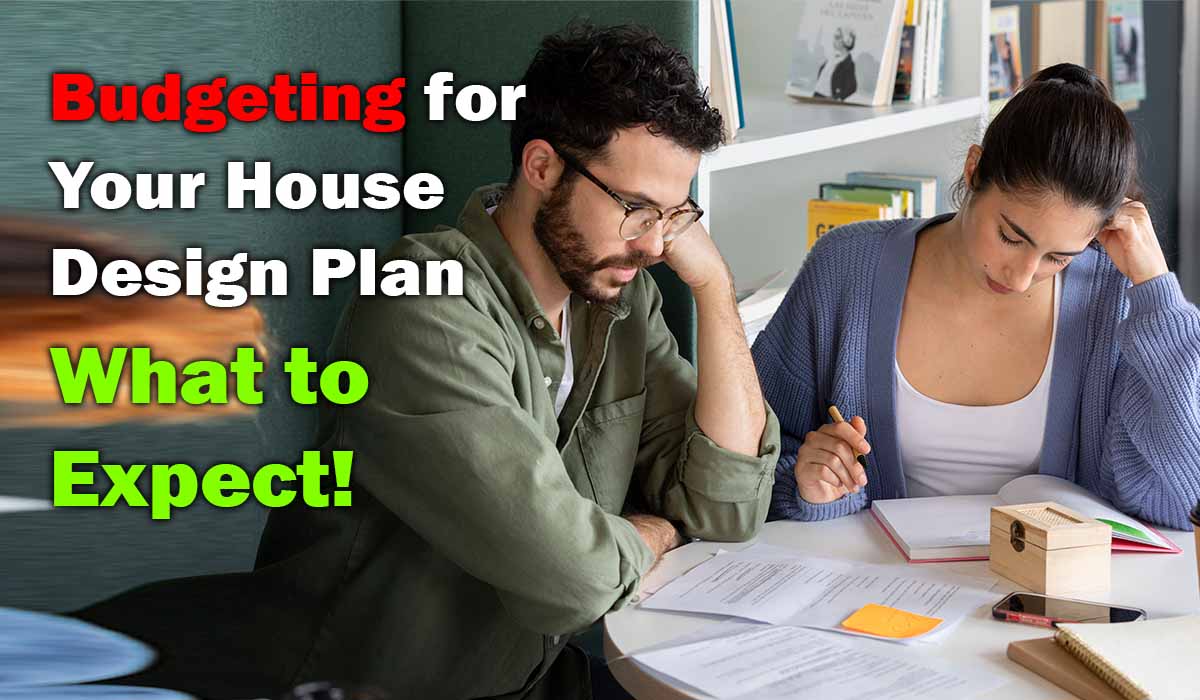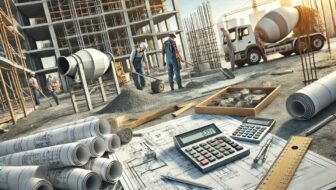Budgeting for Your House Design Plan: What to Expect

When planning your dream home, one of the most important factors to consider is your budget. Whether you’re building from scratch or remodeling an existing property, budgeting for your house design plan can be both exciting and challenging. With the right approach, you can ensure your project stays on track financially while still achieving your vision.
Understanding Your Budget Needs
Before diving into the design process, it’s essential to determine how much you’re willing to spend. This helps you avoid any unpleasant surprises later. A house design plan typically includes costs for architectural services, materials, labor, and permits. These elements vary depending on factors such as location, size, and style.
Key Factors to Consider in Your Budget
1. Architectural Design Fees
Hiring an architect or designer is the first step toward turning your ideas into reality. These fees can vary, so it’s wise to shop around and find the right fit for your needs. Be sure to factor these costs into your overall budgeting for your house design plan.
2. Permits and Legal Costs
Local regulations often require you to obtain building permits before construction begins. Permits ensure your project meets safety standards and local codes. While permit costs might not seem significant, they add up, especially if you’re making significant alterations.
3. Material Costs
One of the most variable parts of your budget is material costs. Whether you’re opting for high-end finishes or more affordable options, these choices will impact your total expenditure. Researching and selecting materials early can help you stick to your budget.
4. Labor Costs
Skilled labor is essential for any successful house build or remodel. From plumbers and electricians to general contractors, you’ll need to budget for the professionals who will bring your design to life. Keep in mind that labor costs differ based on your location and the scope of work.
5. Unexpected Expenses
No matter how well you plan, unexpected expenses can arise. Structural issues, weather delays, or unforeseen material shortages may require additional funds. It’s a good idea to allocate around 10% of your budget for these surprises.
Steps to Develop a Realistic Budget for Your House Design
1. Evaluate Your Financial Situation
Review your savings, loans, and overall financial standing. Set a realistic budget that includes a safety cushion for emergencies or unexpected costs.
2. Prioritize Your Design Features
It’s easy to get carried away with elaborate designs and high-end materials. However, it’s crucial to prioritize what matters most to you. Focus on the elements that add value to your daily life, such as energy-efficient appliances, smart home technology, or a spacious kitchen.
3. Work with Experts
Engage a reliable architect or contractor early in the process. These professionals can provide valuable insight into the true costs of your design plan. Additionally, if you’re looking for detailed building plans and quantity estimation services, you can explore our design and estimation services. We provide customized solutions to fit your project needs.
4. Plan for the Long Term
Budgeting isn’t just about the initial build or renovation. Think long-term by considering future maintenance, potential repairs, and updates. A well-thought-out house design plan will provide comfort and efficiency for years to come.
Common Budgeting Mistakes to Avoid
- Underestimating Costs
Many homeowners make the mistake of underestimating the true cost of materials and labor. Always account for additional expenses beyond the obvious.
- Ignoring Permits and Fees
It’s easy to overlook building permits and local fees. Make sure to include these in your budget from the start.
- Focusing Solely on Aesthetics
While it’s important to love the look of your new home, focusing only on aesthetics can lead to overspending. Functionality should always take priority in your budgeting for your house design plan.
Where to Save and Where to Spend
When budgeting for your house design plan, knowing where to cut costs and where to invest is crucial. For instance, it’s often wise to invest in durable structural materials while saving on non-essential decorative elements. Spend on areas that will improve the comfort, functionality, and longevity of your home. If you’re looking for quality daily-use products at reasonable prices, you can check out this online shop.
Conclusion
Budgeting for your house design plan is a crucial step in ensuring your project goes smoothly. With careful planning and realistic expectations, you can achieve your dream home while keeping costs under control. Whether you’re building from the ground up or making minor renovations, understanding your budget is key to success. Remember to prioritize what matters most and allow for some flexibility in case of unexpected costs.
If you’re planning a home project and need help with building plans or estimating quantities, contact our team for expert guidance. We’ll help you turn your dream into reality while staying within budget.
FAQs about Budgeting for Your House Design Plan
The cost of a house design plan varies based on factors such as location, size, and complexity. Typically, you can expect to spend between 5% and 15% of the total construction cost on design.
Consulting with architects, contractors, and financial experts can give you a more accurate estimate. Be sure to include all aspects of the design, from permits to labor.
If you exceed your initial budget, consider cutting non-essential features or sourcing more affordable materials. It’s essential to remain flexible and prioritize the most critical aspects of your design.
You can save by choosing less expensive materials, reducing the square footage, or opting for a more straightforward architectural style. Additionally, working with an experienced team can help you make cost-efficient decisions.

Top 10 Excel Templates for Civil Engineers: Streamline BOQs and Cost Estimation
Did you know that 63% of civil engineers waste over 5 hours weekly on repetitive tasks like manual BOQ preparation...
House Plan and BOQ Bundle: The Perfect Combo for Builders and Contractors
When it comes to residential construction projects, two critical elements ensure smooth execution and cost-effective results: a well-designed house plan...

